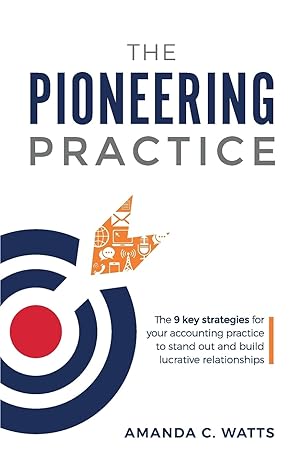Answered step by step
Verified Expert Solution
Question
1 Approved Answer
E7-7 (Algo) Analyzing and Interpreting the Financial Statement Effects of LIFO and FIFO LO7-2, 7-3 [The following information applies to the questions displayed below.] Emily
E7-7 (Algo) Analyzing and Interpreting the Financial Statement Effects of LIFO and FIFO LO7-2, 7-3 [The following information applies to the questions displayed below.] Emily Company uses a periodic inventory system. At the end of the annual accounting period, December 31 of the current year, the accounting records provided the following information for product 2: Unit Units Cost Inventory, December 31, prior year For the current year: Purchase, April 11 Purchase, June 1 Sales ($52 each) 2,840 $13 8,900 14 7,910 19 10,920 Operating expenses (excluding income tax expense) $191,500 E7-7 Part 1 Required: 1. Prepare a separate income statement through pretax income that details cost of goods sold for (a) Case A: FIFO and (b) Case B: LIFO. Sales revenue Cost of goods sold: Beginning inventory Purchases EMILY COMPANY Income Statement For the Year Ended December 31, current year Case A FIFO Case B LIFO Goods available for sale 0 0 Ending inventory Cost of goods sold Gross profit Operating expenses Pretax income E7-7 Part 2 2. Compute the difference between the pretax income and the ending inventory amount for the two cases. Comparison of Amounts Pretax income Ending inventory Case A FIFO Case B LIFO Difference E7-7 Part 3 3. Which inventory costing method may be preferred for income tax purposes? Which inventory costing method may be preferred for income tax purposes
Step by Step Solution
There are 3 Steps involved in it
Step: 1

Get Instant Access to Expert-Tailored Solutions
See step-by-step solutions with expert insights and AI powered tools for academic success
Step: 2

Step: 3

Ace Your Homework with AI
Get the answers you need in no time with our AI-driven, step-by-step assistance
Get Started


